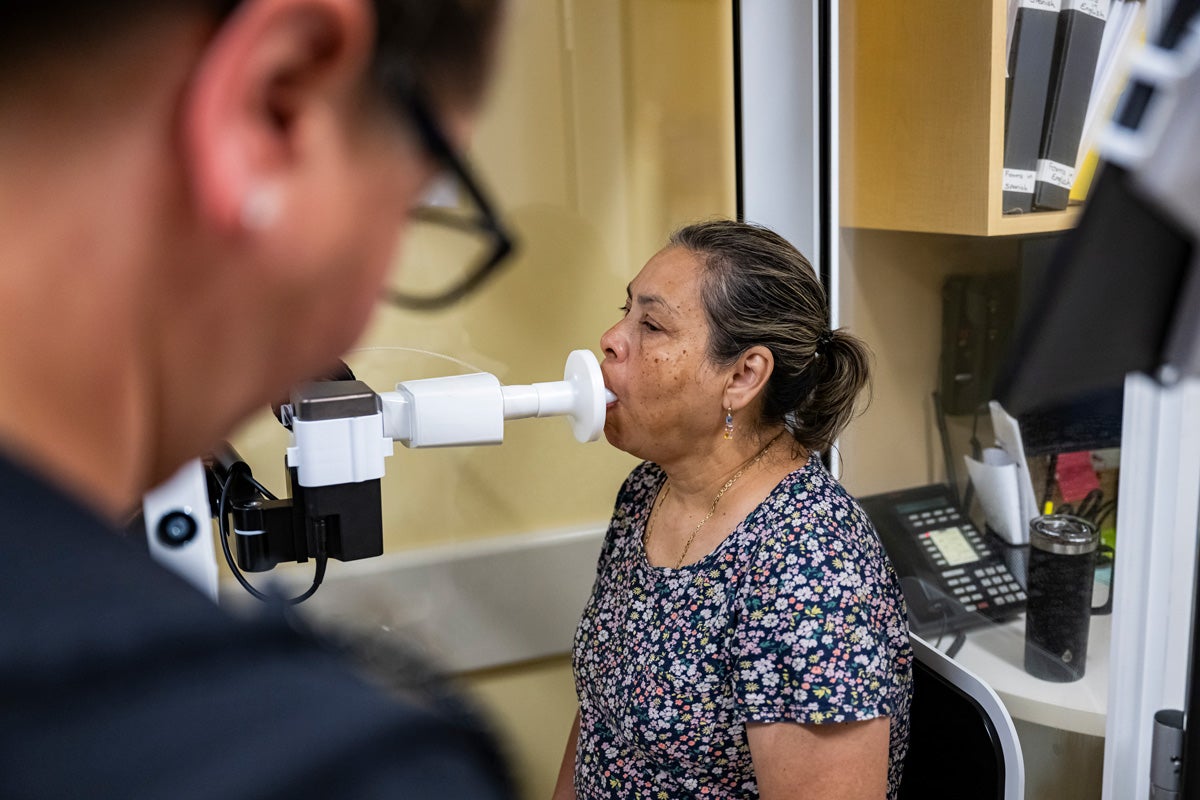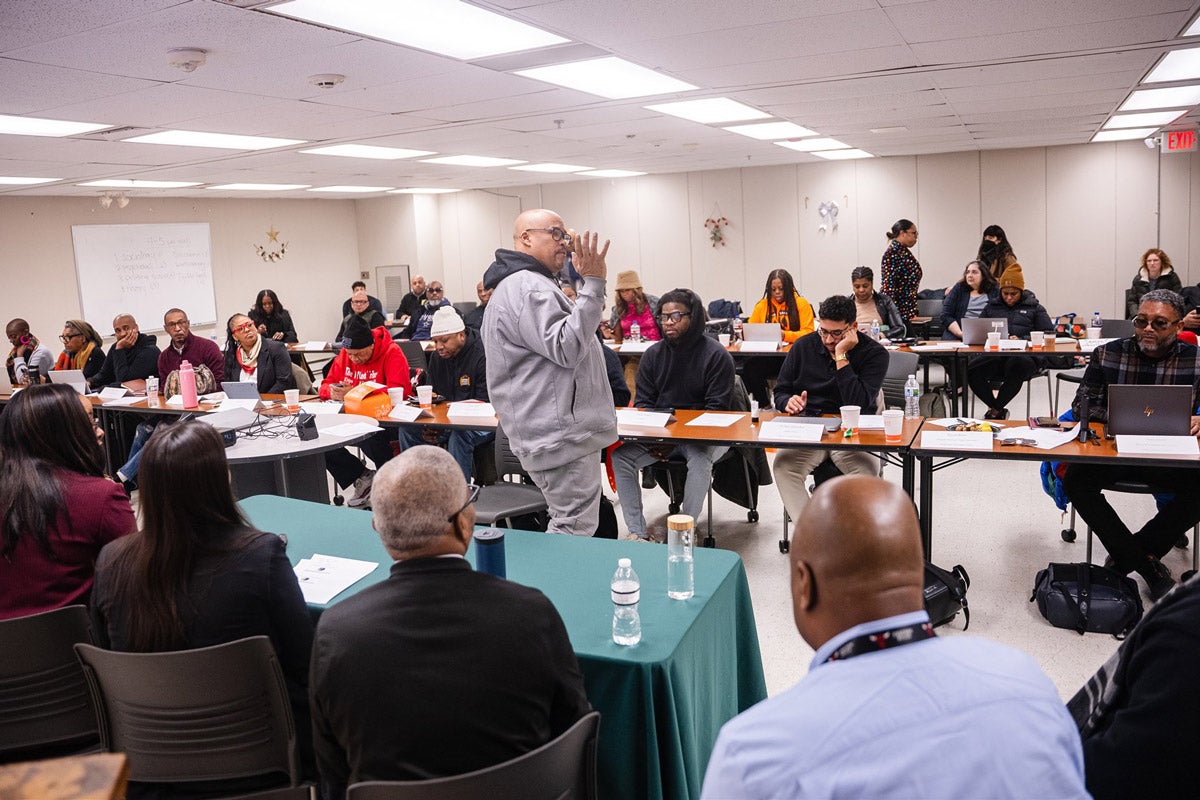
Opinion
Maternal mortality is soaring. Home visits might help.
America’s maternal mortality crisis only got worse during the COVID-19 pandemic.
Pandemic disruptions to care contributed to a skyrocketing Black maternal mortality rate, which increased by nearly 60 percent from 2019 to 2021. Complications like preterm birth, low infant birth weight, and preeclampsia also rose, often from lack of access to adequate prenatal care. Although COVID-19 made things worse, maternal deaths have been increasing for two decades. Health care as usual clearly isn’t reversing this grim trend.
Sign up for Harvard Public Health
Delivered to your inbox weekly.
When people get pregnant, they usually have to find an obstetrician-gynecologist, make appointments, and go to the doctor’s office regularly. But a new study from JAMA Pediatrics suggests bringing maternal health care into people’s homes could make a difference, especially to Black parents and infants. The research team evaluated birth outcomes for over 125,000 pregnant women, roughly 1,000 of whom participated in home visiting program in Michigan called Strong Beginnings.
What sets Strong Beginnings apart from many other home visiting programs is its reliance on trained community health workers, an explicit focus on serving Black and Hispanic communities, and a hiring practice that pairs home visiting staff with families who share similar cultural, racial, and language backgrounds. Studies show that race and language matter to delivering good health care, as cultural relevancy fosters trust and can reduce adverse health outcomes.
Strong Beginnings sends both nurses and community health workers to more than 1,000 homes every year to provide prenatal, postpartum, and breastfeeding support.
The researchers found that home visits by health workers were associated with reduced risk, of as much as four percent, of preterm birth, and better access to maternal care, especially after childbirth. Pregnant people who received home visits were 21 percent more likely to receive postpartum care three weeks after delivery. Although the effects on infant health were small, they were significant—and a promising sign for home visiting programs.
Although all 50 states offer some sort of home visiting program for pregnant people, many are run by nurses and don’t include community health workers. They also aren’t typically designed to address racial disparities in maternal and infant health outcomes. Nearly all the Strong Beginnings participants included in the study were Hispanic or Black.
Here’s how it works: Strong Beginnings community health staff work alongside nurses to help pregnant women and new mothers navigate health care hurdles like insurance, finances, transportation, child care, and parental leave. The community health workers also help pregnant people advocate for themselves to medical professionals.
Of course, existing nurse-led home visiting programs, like the nationally-recognized Nurse Family Partnership, play an important role in providing care to at-risk mothers, but the continued decline of U.S. maternal health suggests we need to scale up home visiting programs. An aging population and pandemic-driven burnout are likely to create a nursing shortfall—one analysis found that 100,000 nurses left the workforce between 2020 and 2021, the largest drop in four decades. Community health workers could help fill the gap; research shows nonmedical care is often most important to improving health outcomes.
Patients slip through the cracks because our health care system is fragmented. Community health workers could play an outsize role in making sure pregnant people at higher risk of complications have someone advocating for them.
We need evidence-based programs like Strong Beginnings to scale quickly. The JAMA Pediatrics study covered Medicaid-eligible participants, suggesting that rolling out community health worker home visits as part of Medicaid would be the quickest and most cost-effective way to bring better maternal care to those most at-risk of bad outcomes. Eventually, health insurers may be enticed to pay for home visits when they see preterm births and other pregnancy complications drop for people receiving care from community health workers.
As states grapple with the maternal mortality crisis, they would be wise to look to the positive outcomes of the Strong Beginnings program and consider how the overlooked skills of community health workers may help close racial health gaps for mothers and infants, and improve maternal health outcomes overall.
Image: Viktorcvetkovic / iStock



